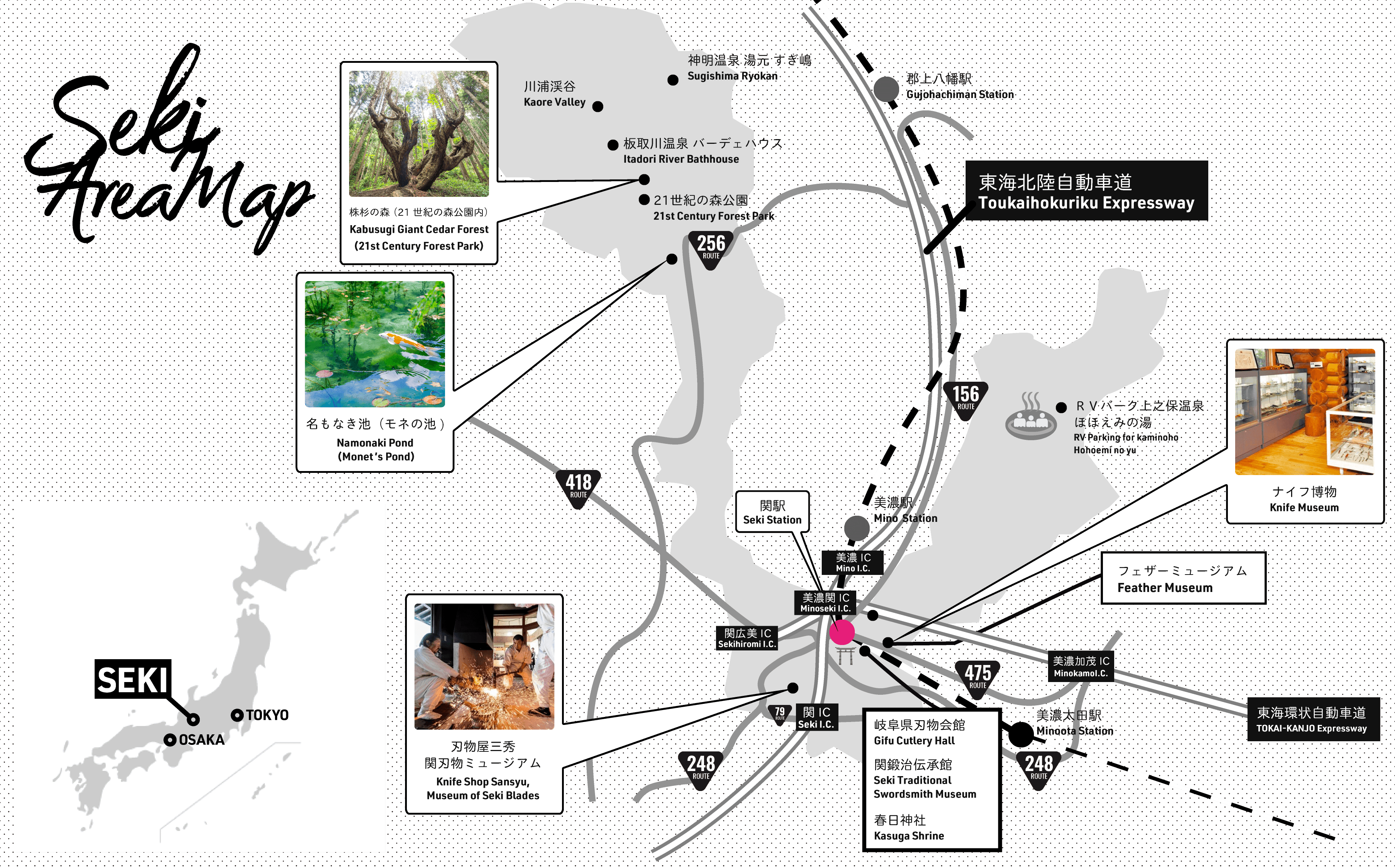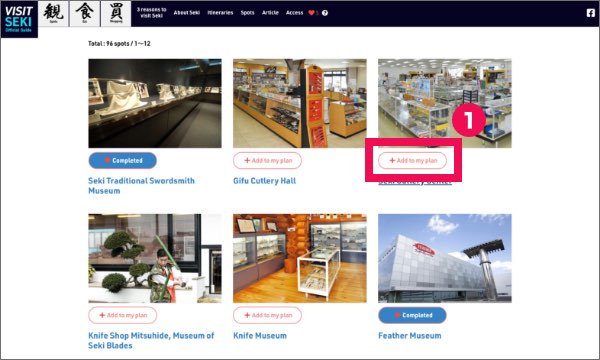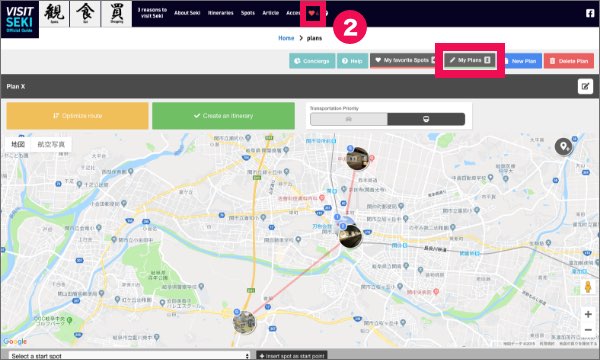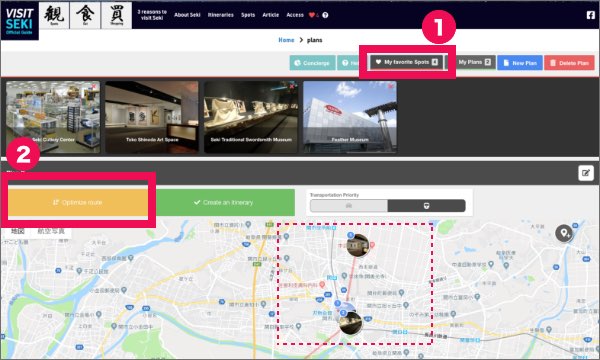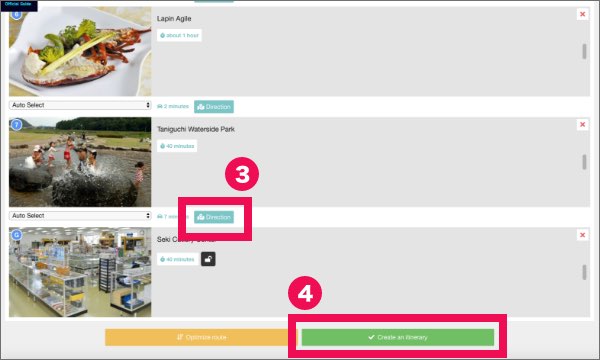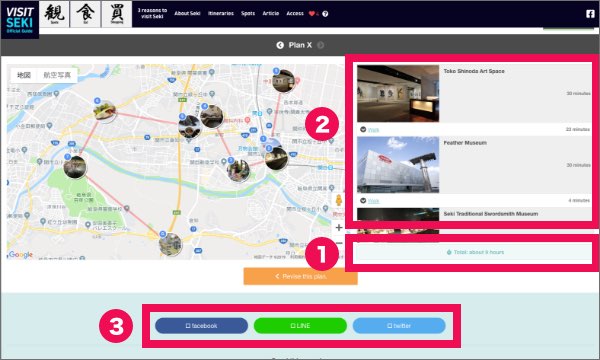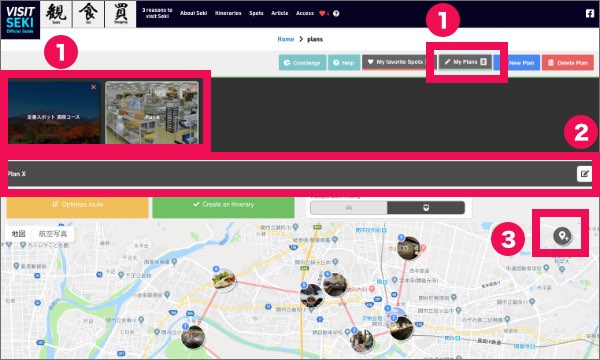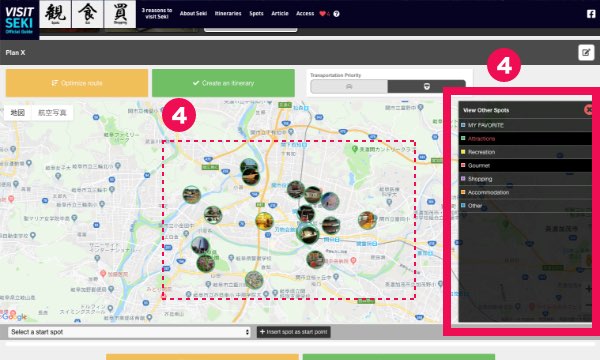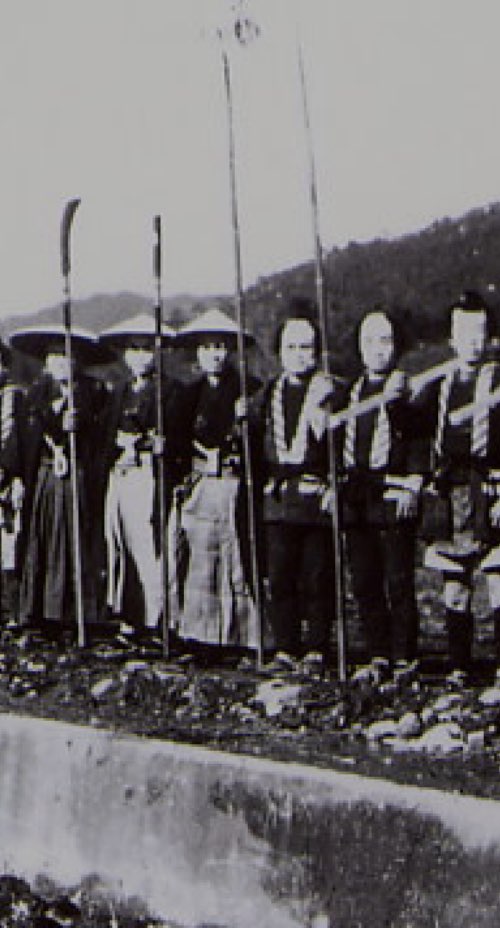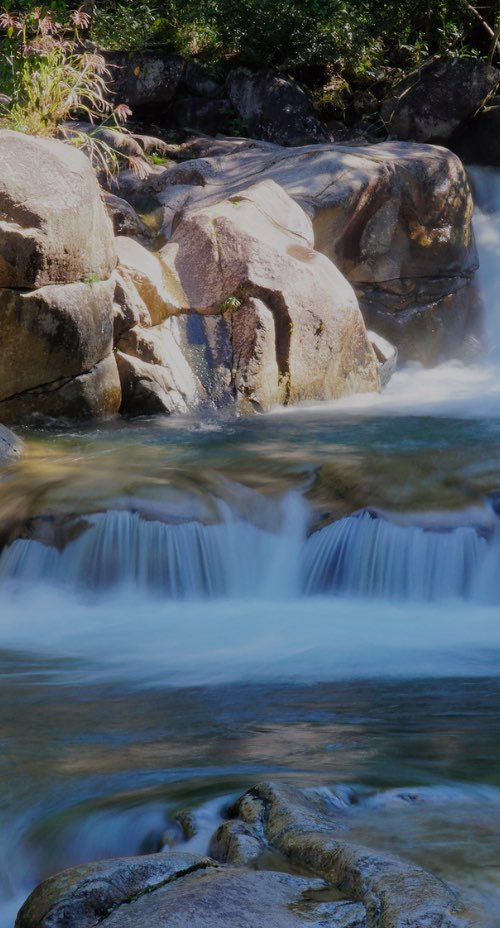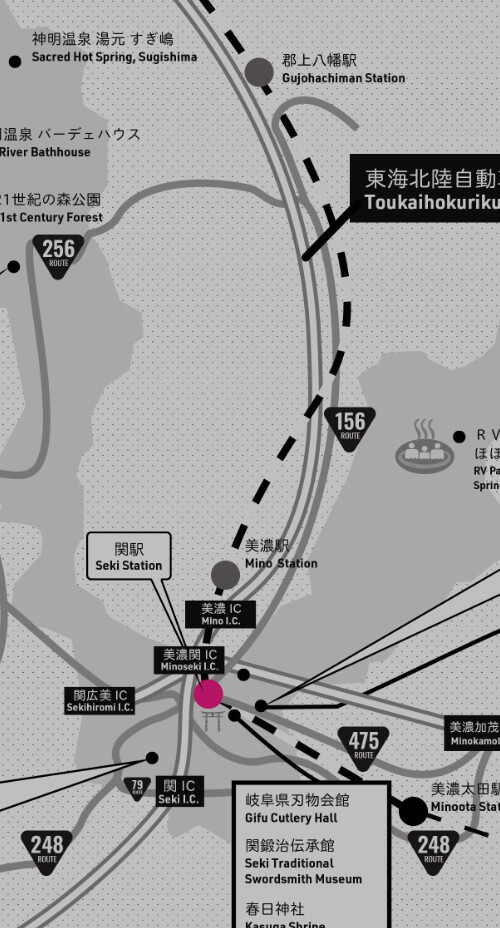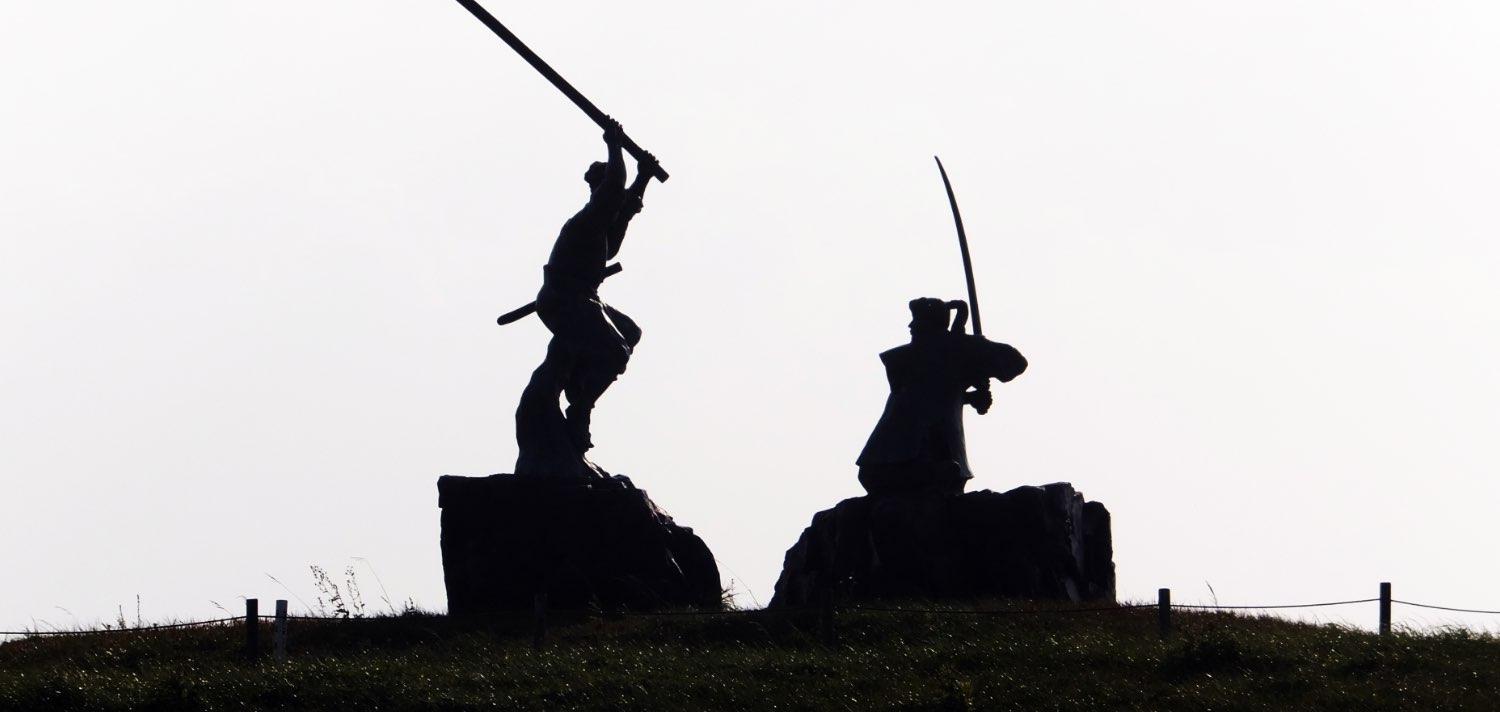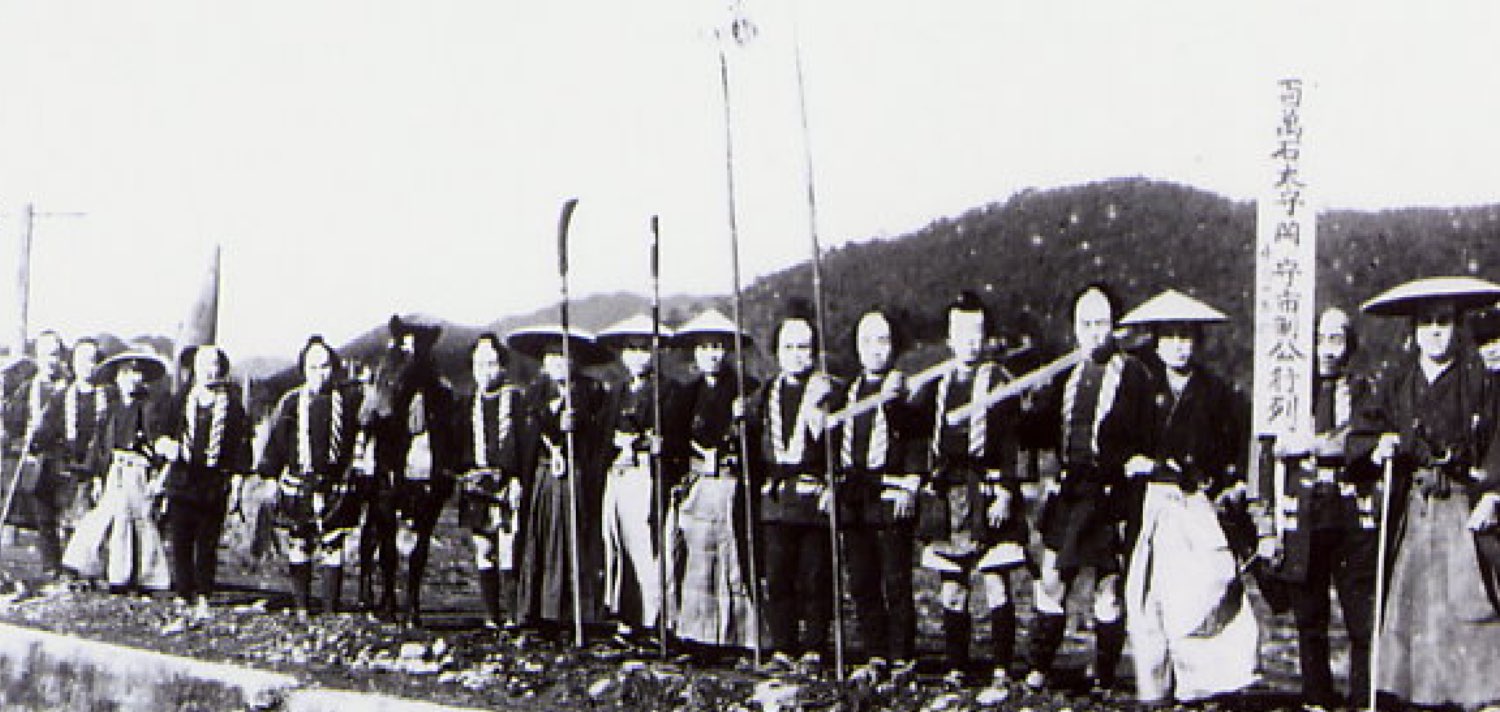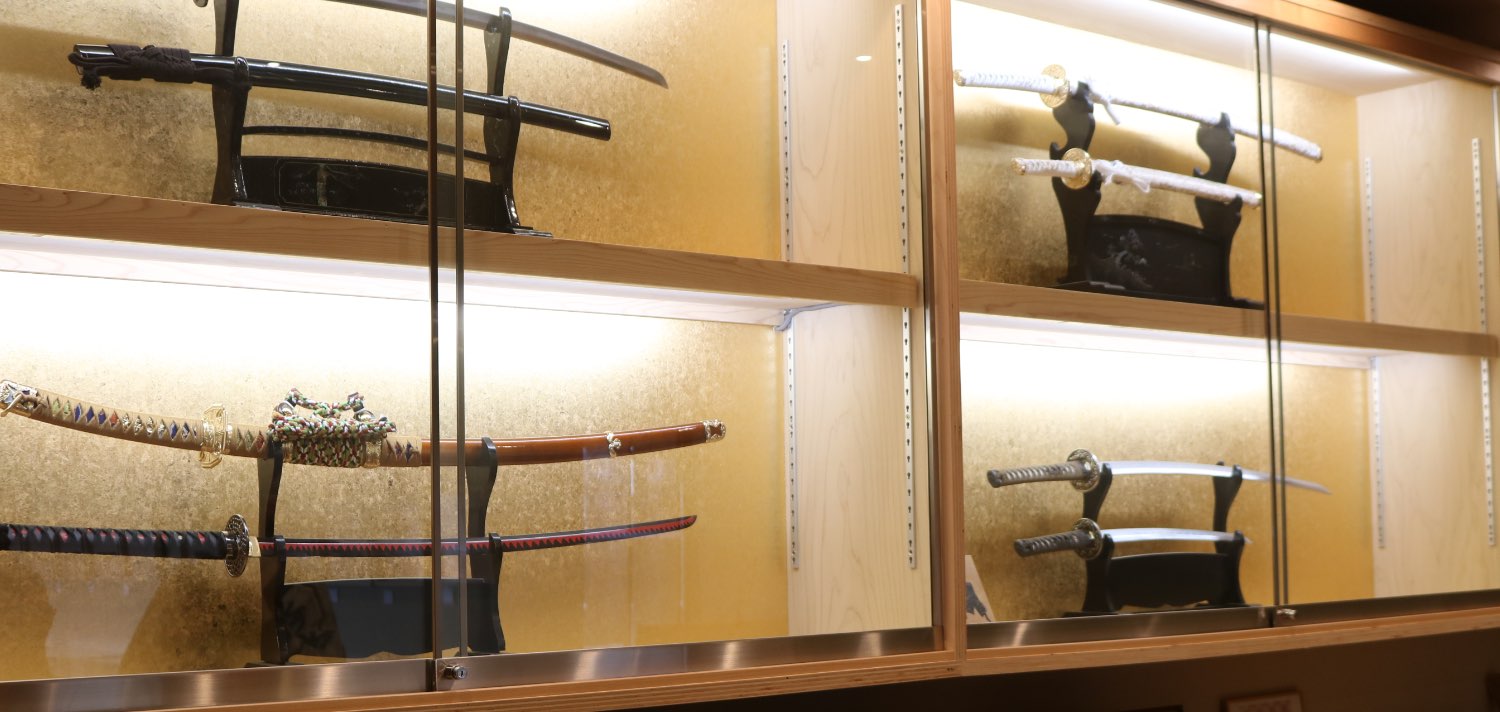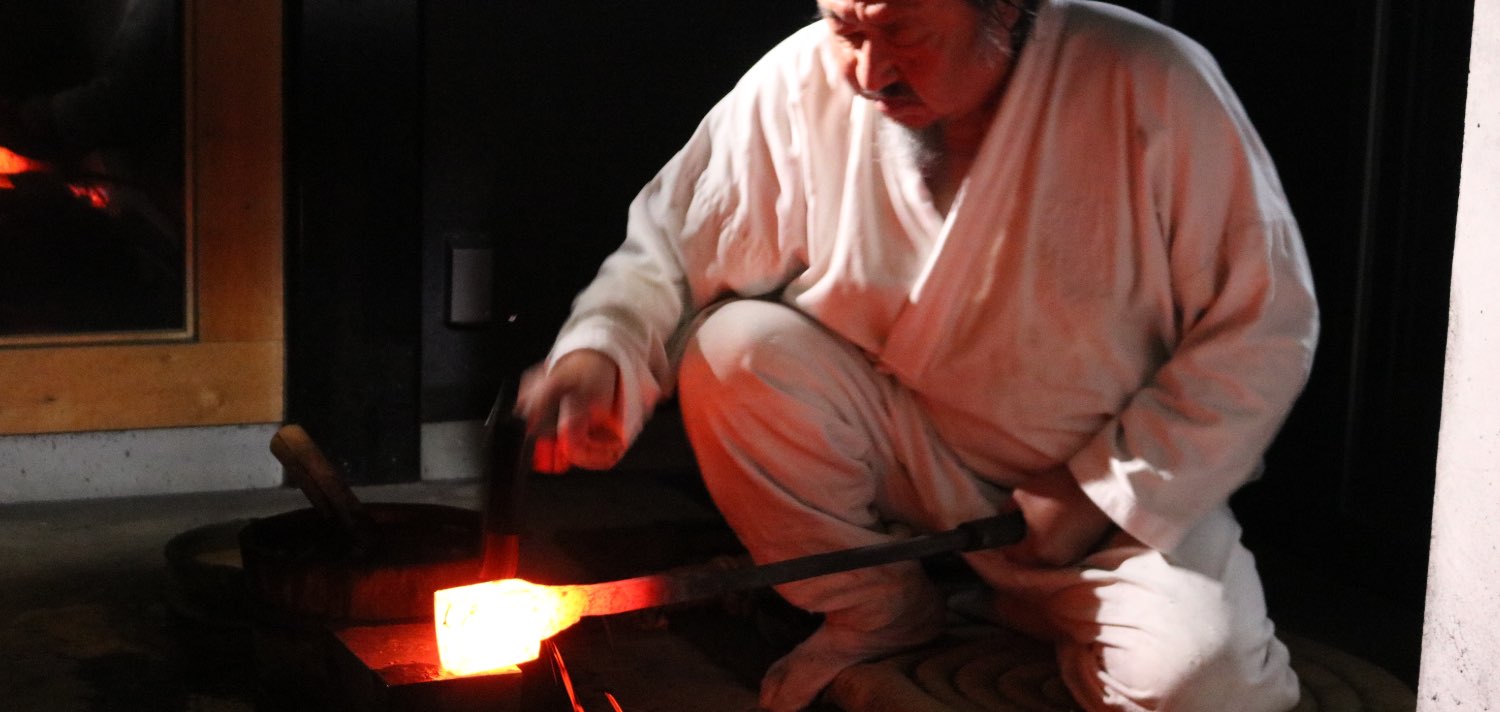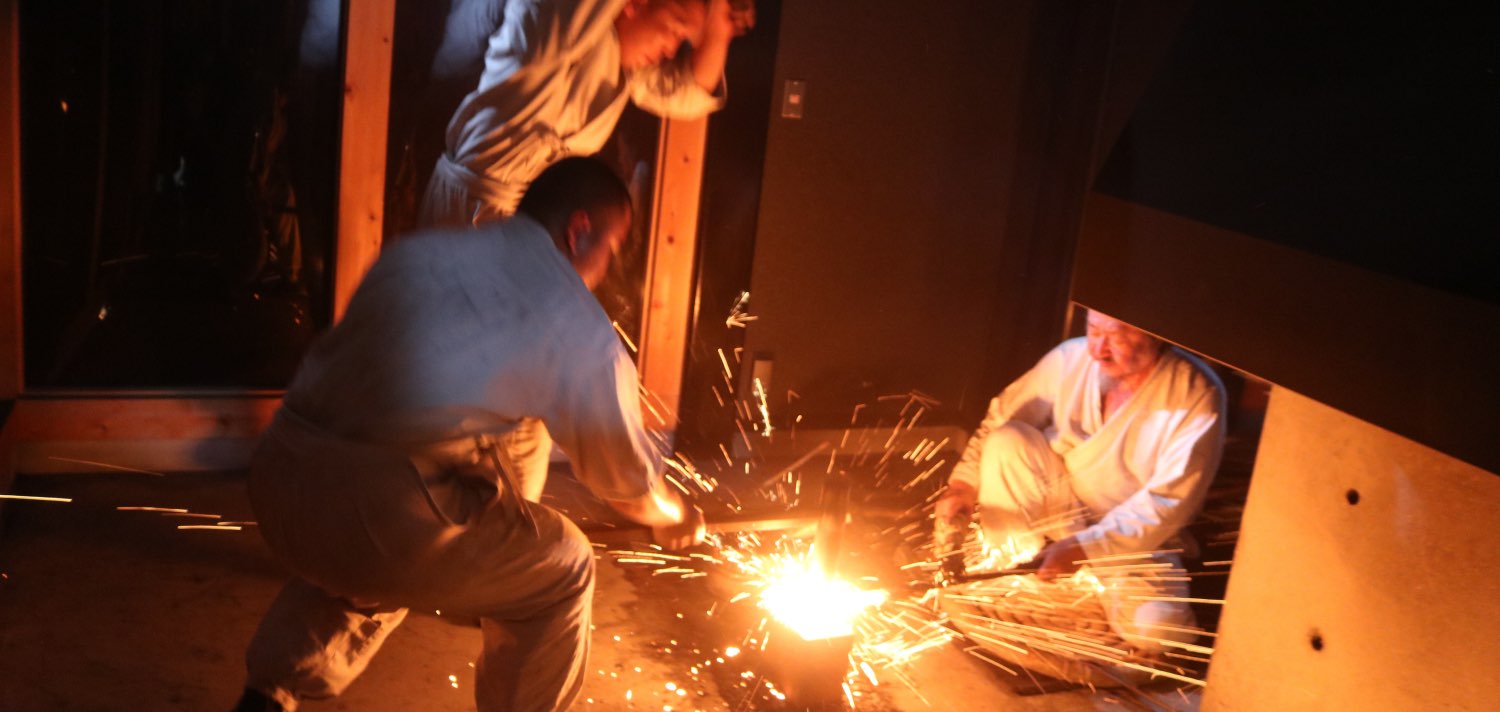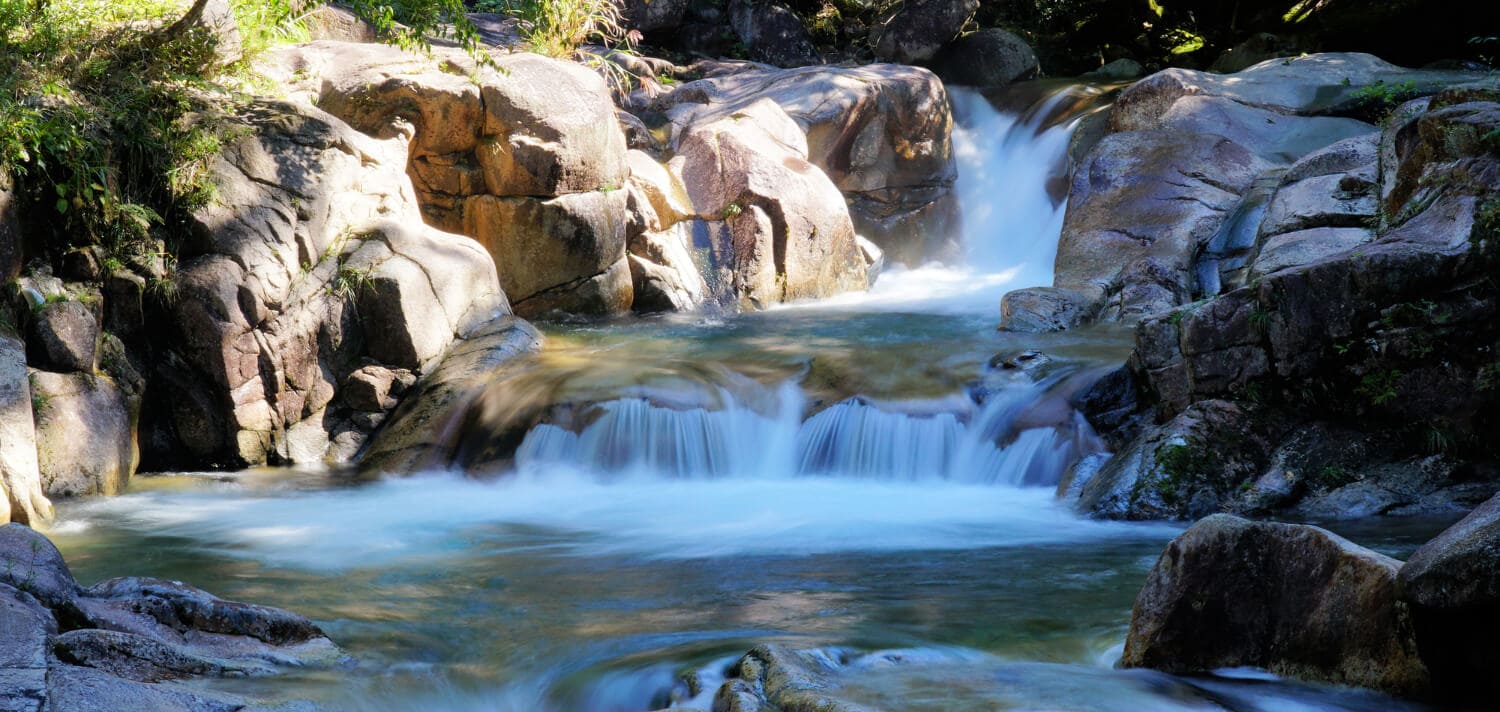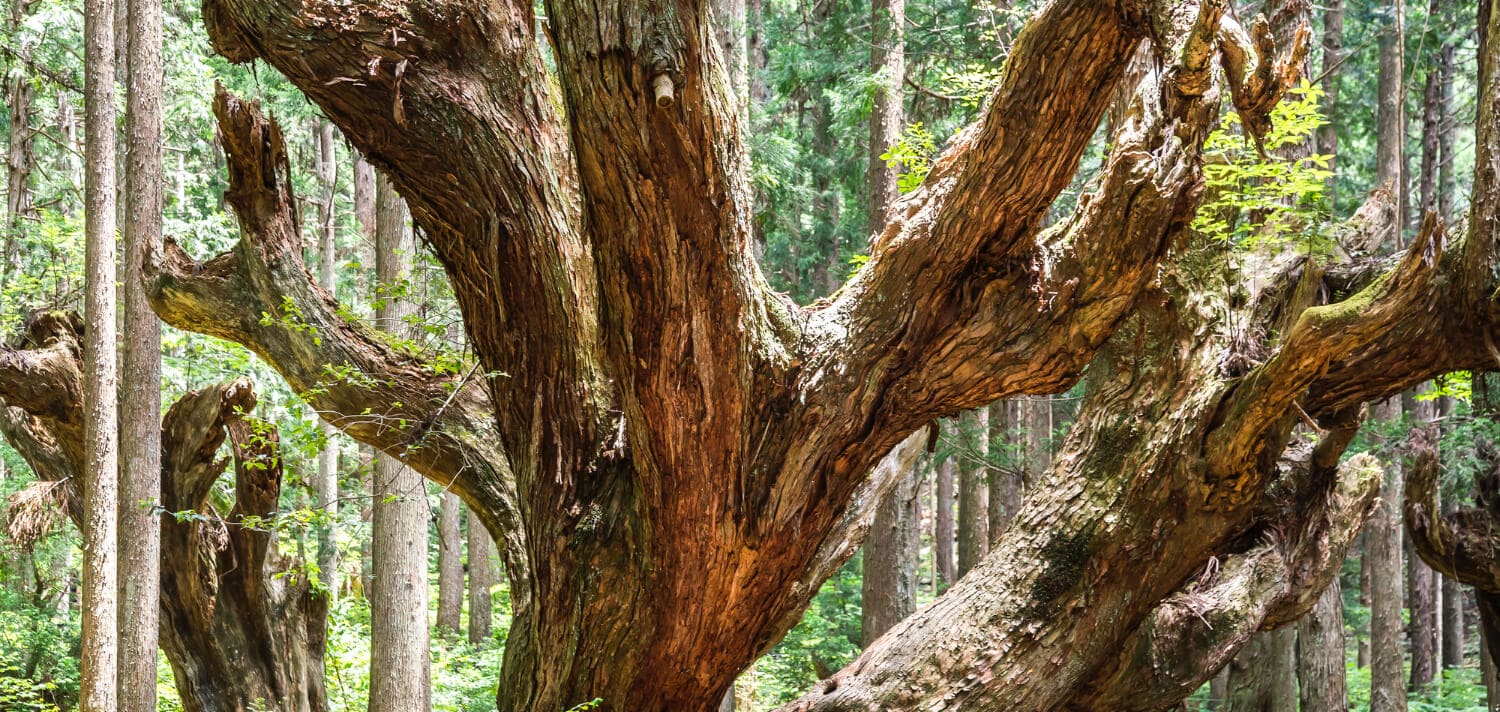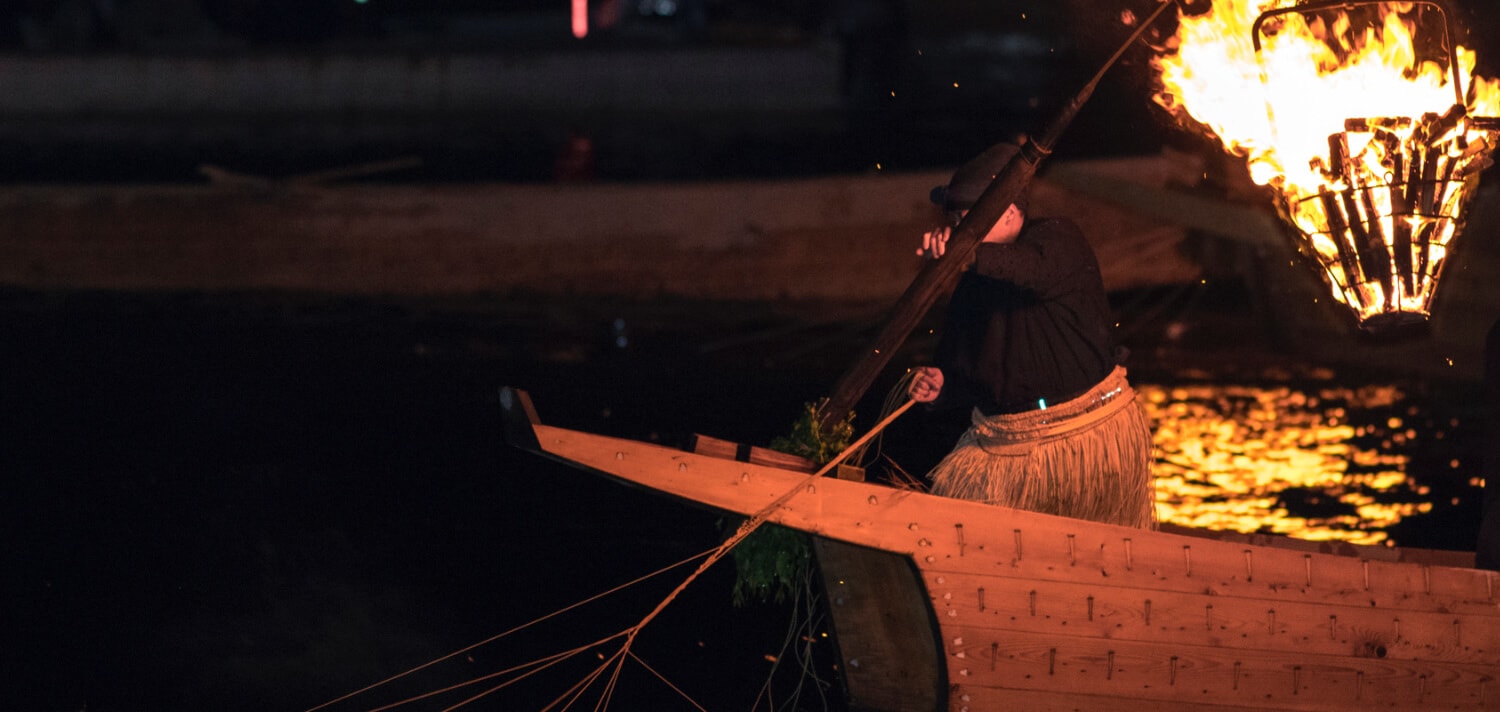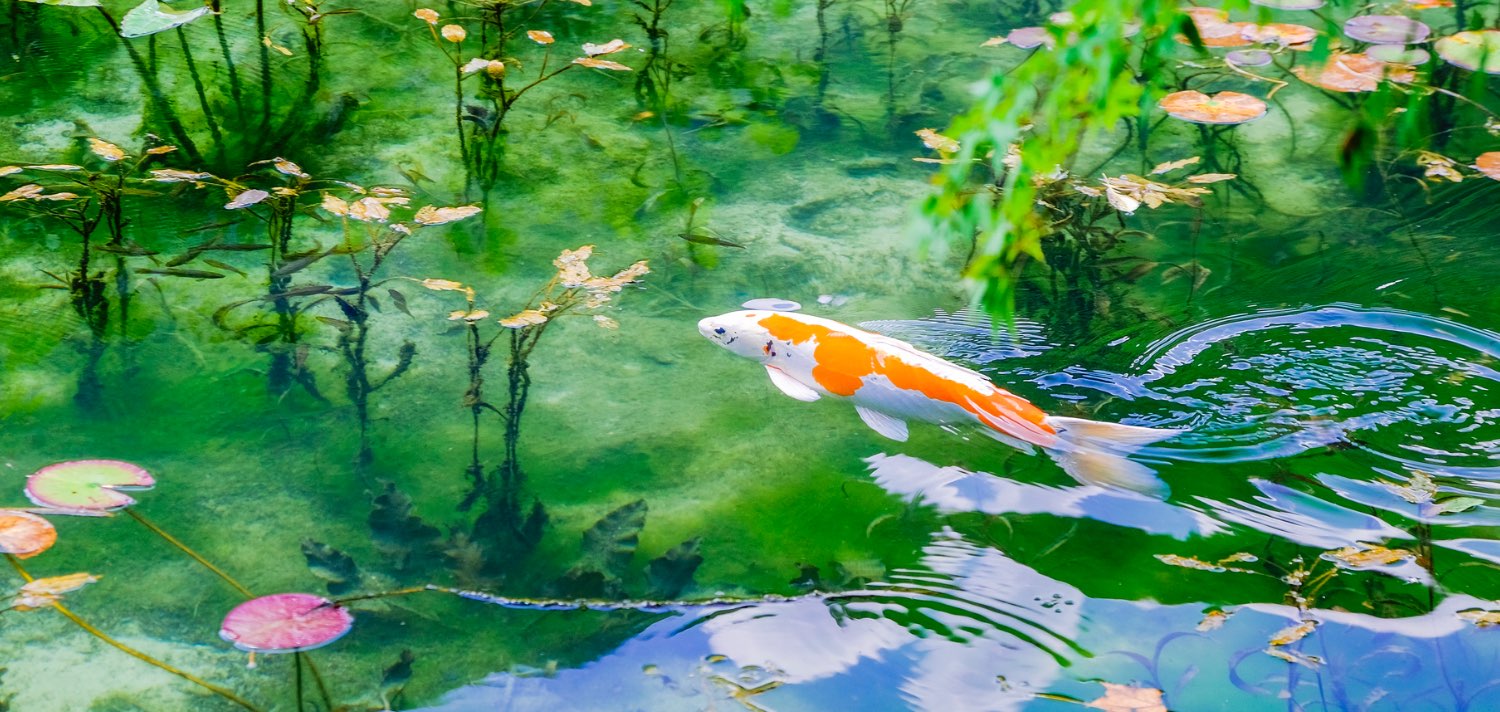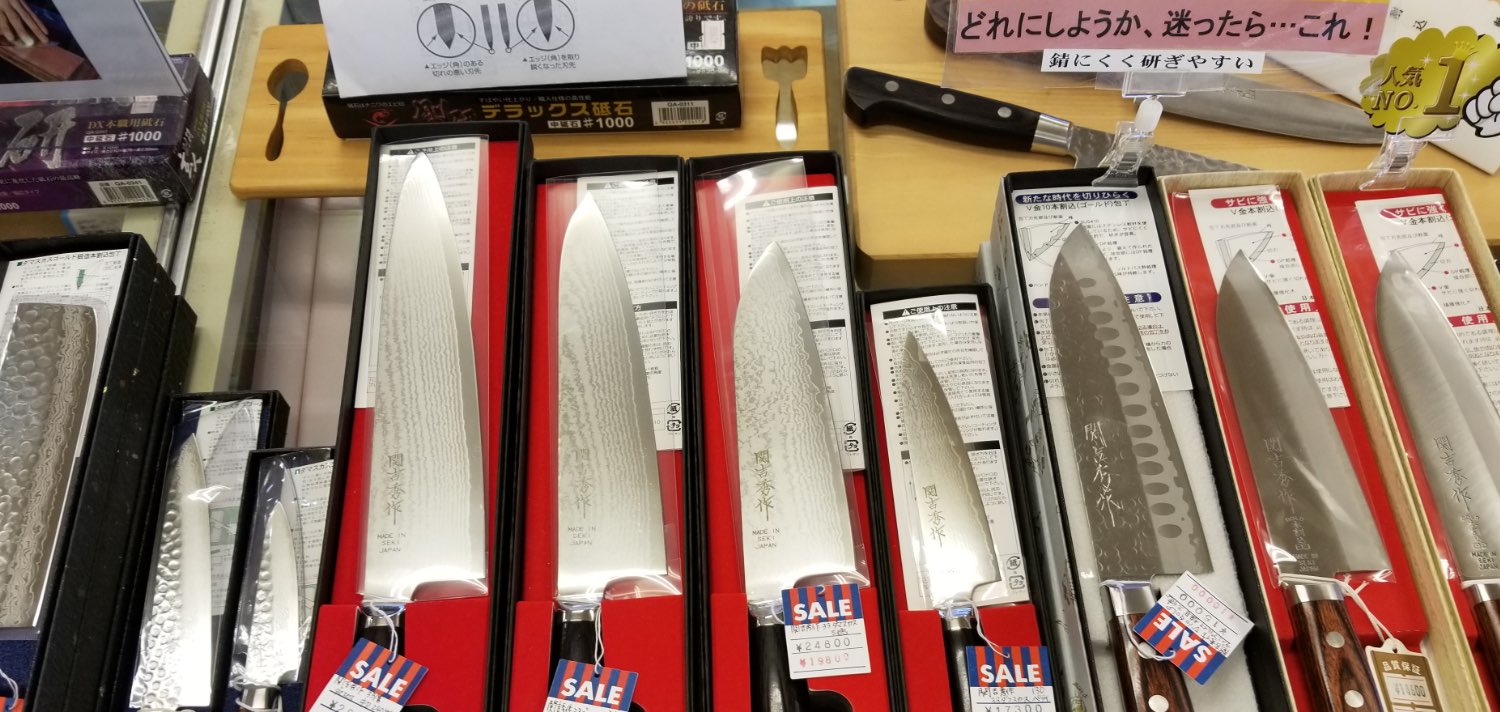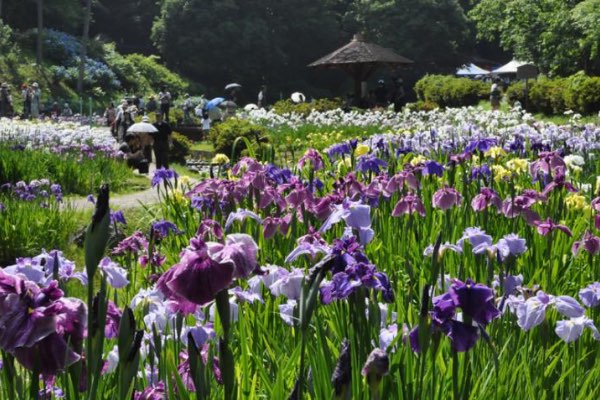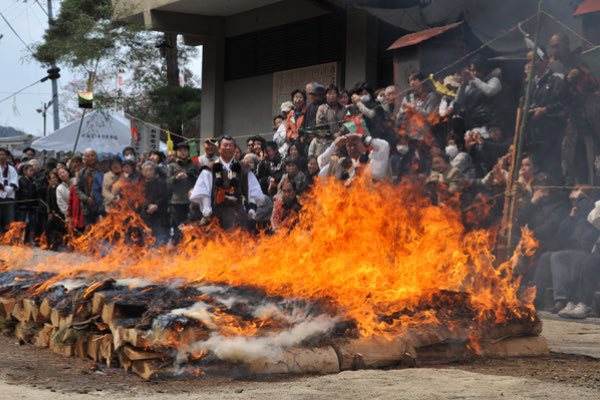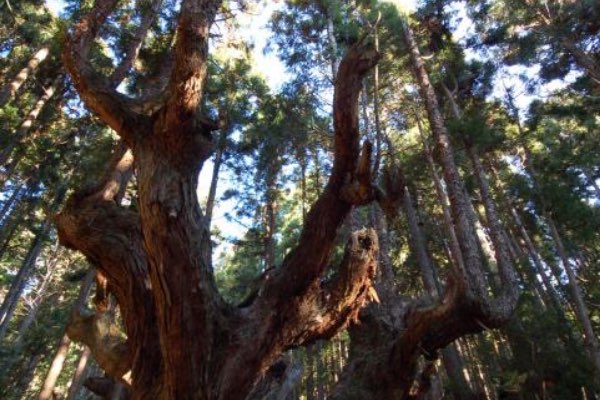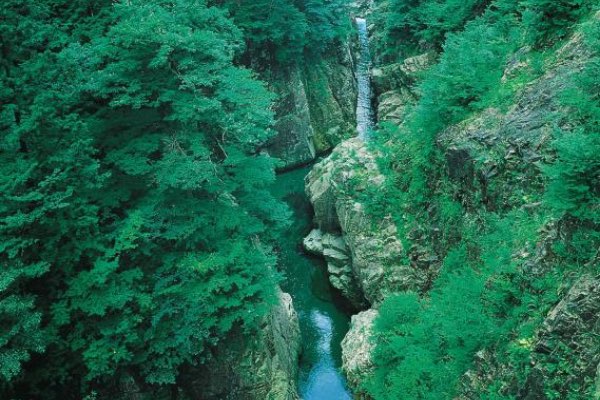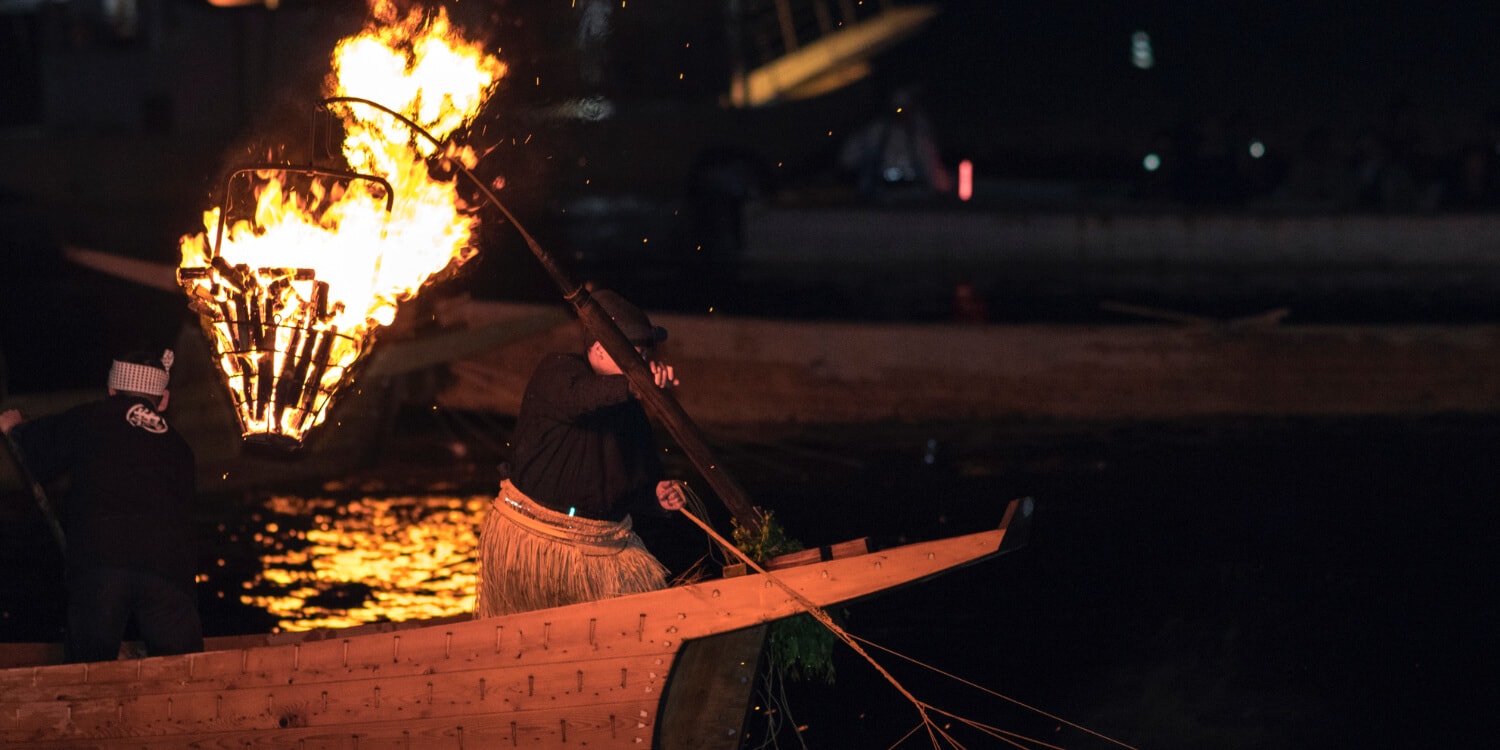
About Seki
A Summary of Seki City
History
Seki City has grown with the development of its blades. It's said that Motoshige, the pioneer of Seki blacksmithing, came to the area around 1229-1261. They say there were over 300 blacksmiths from the middle to the end of the Muromachi Period (1336-1573). "Doesn't bend. Doesn't break. Cuts well." was the praise earned from samurai who favored Seki katana through the Warring States Period (1467-1568). Once citizens were no longer allowed to carry katana, the town focused on making kitchen knives, scissors, and other kinds of blades. Due to their high quality, many Japanese people have come to favor Seki's products. Nowadays, tourists come from all over the world, keen to buy Seki's sharp blades.
Highlights
There are many spots in Seki that you just can't miss. For example, Monet's Pond, beautiful as a painting. There are giant cedar trees over 500 years old, traditional cormorant fishing by the light of a blazing flame, exquisite ayu river fish and freshwater eel cuisine, and the spectacle of learning how masterpiece blades are made. And don't forget to pick up a one-of-a-kind Seki knife to take home with you.

Highlights
There are many spots in Seki that you just can't miss. For example, Monet's Pond, beautiful as a painting. There are giant cedar trees over 500 years old, traditional cormorant fishing by the light of a blazing flame, exquisite ayu river fish and freshwater eel cuisine, and the spectacle of learning how masterpiece blades are made. And don't forget to pick up a one-of-a-kind Seki knife to take home with you.
Tourist attraction
Map
